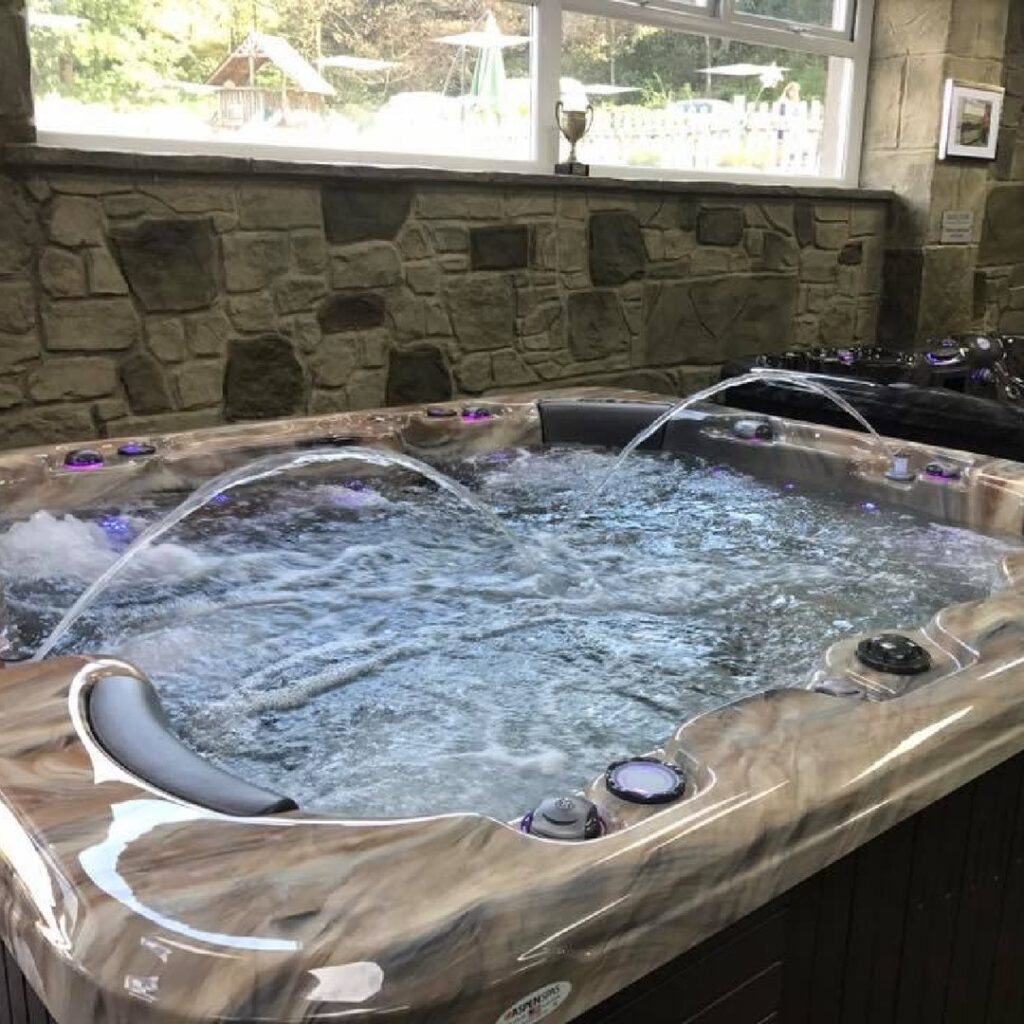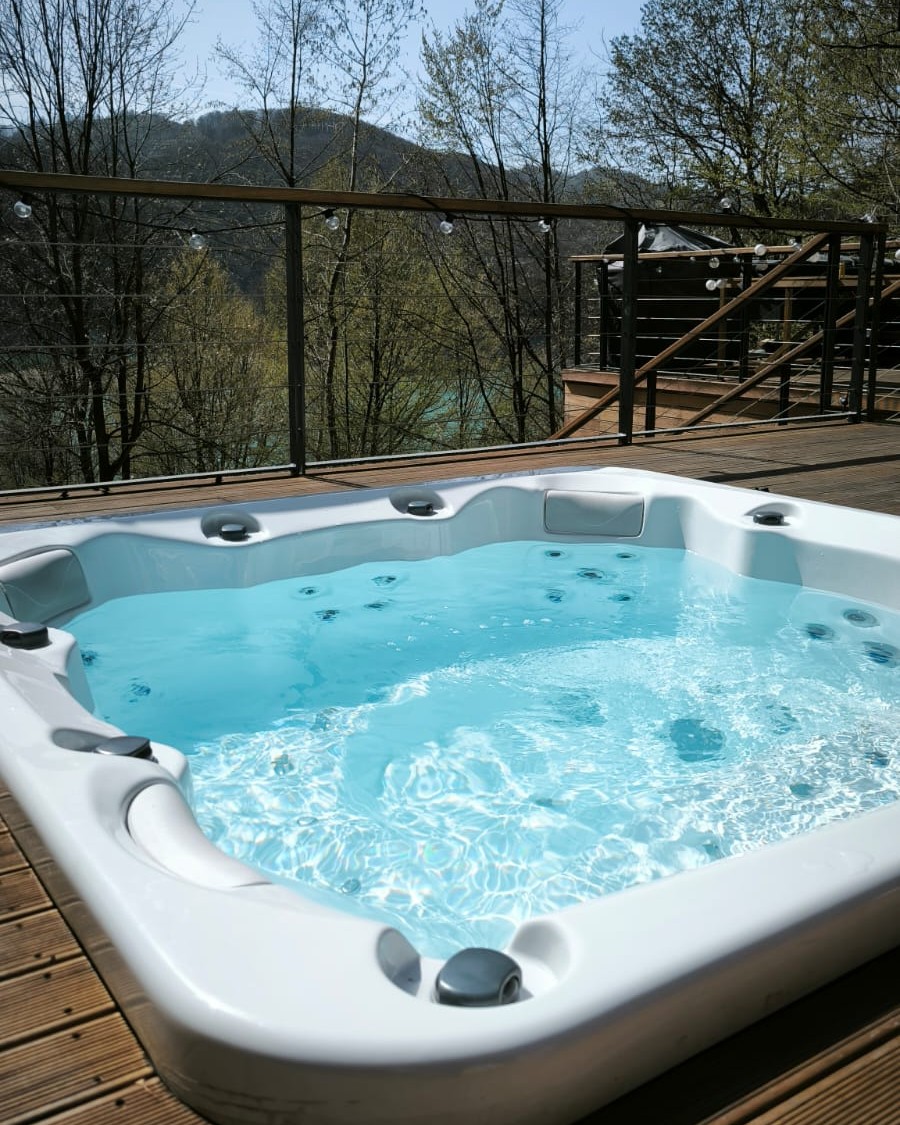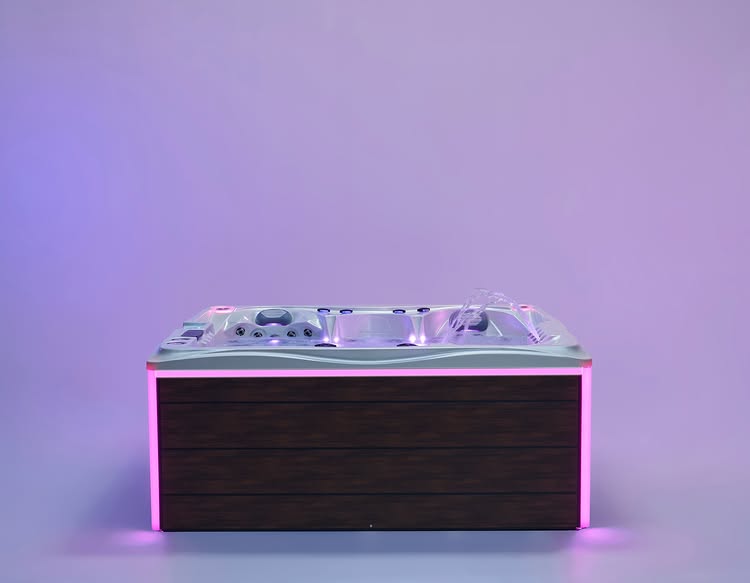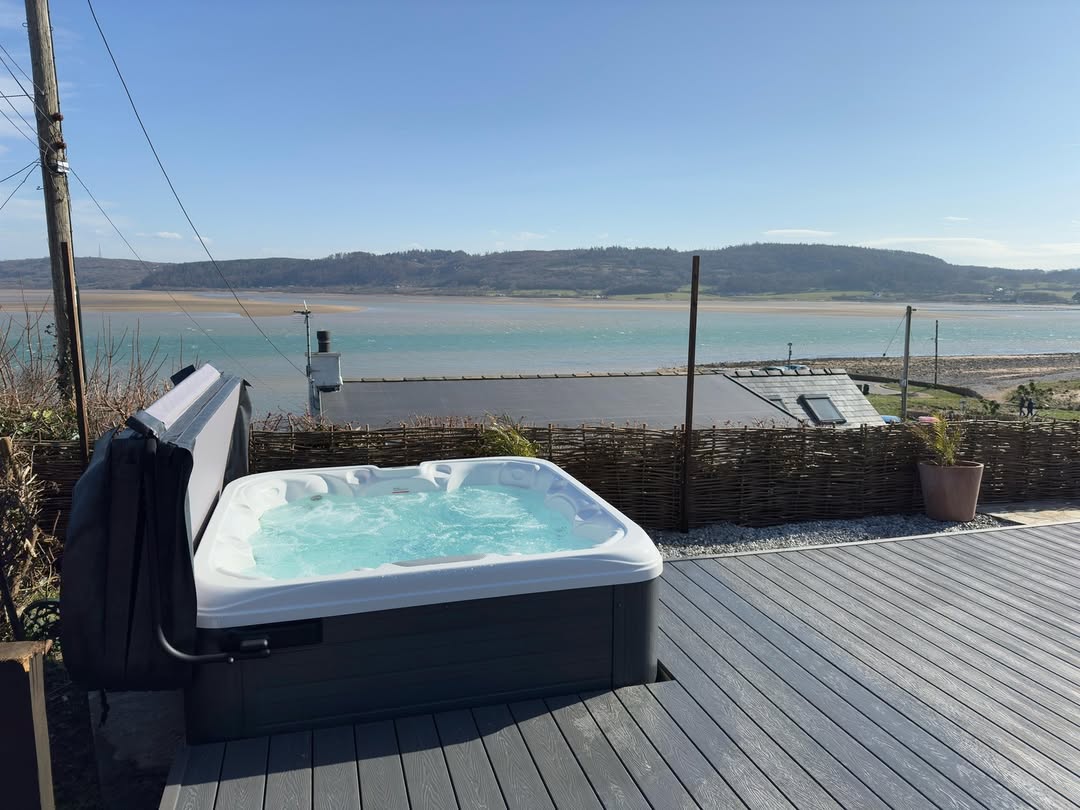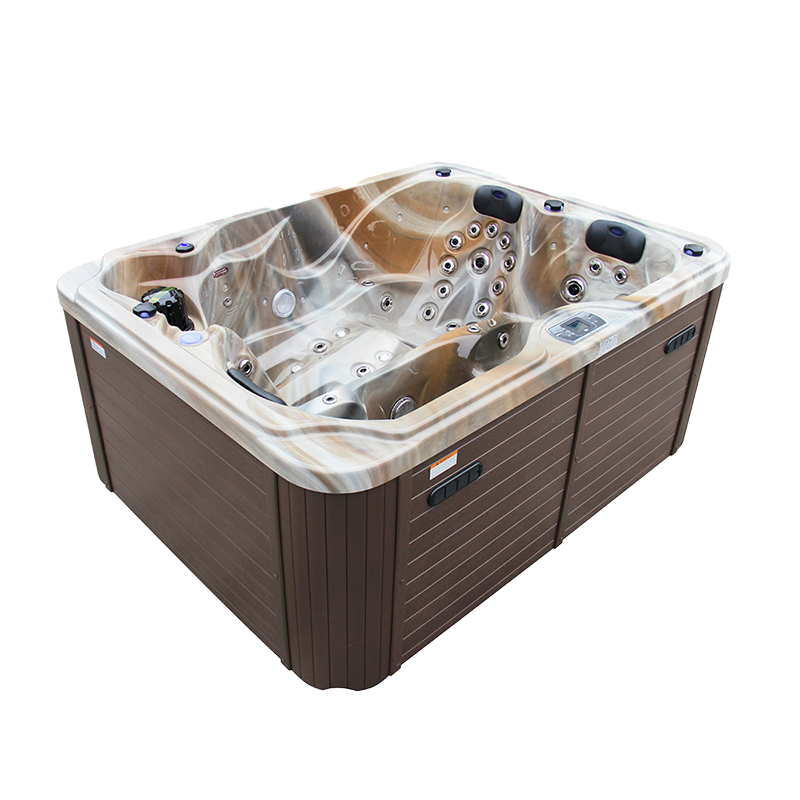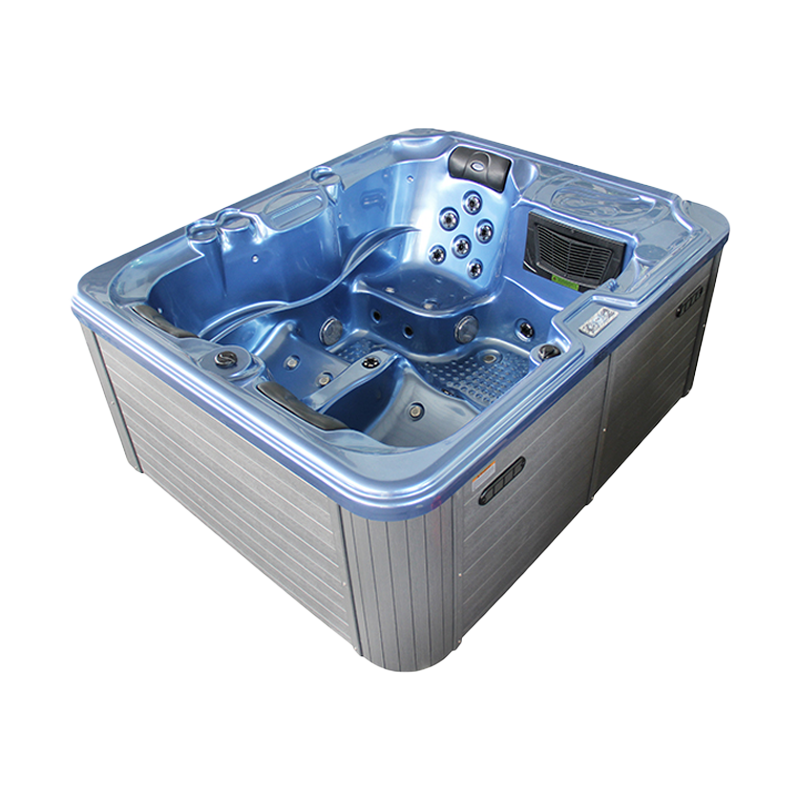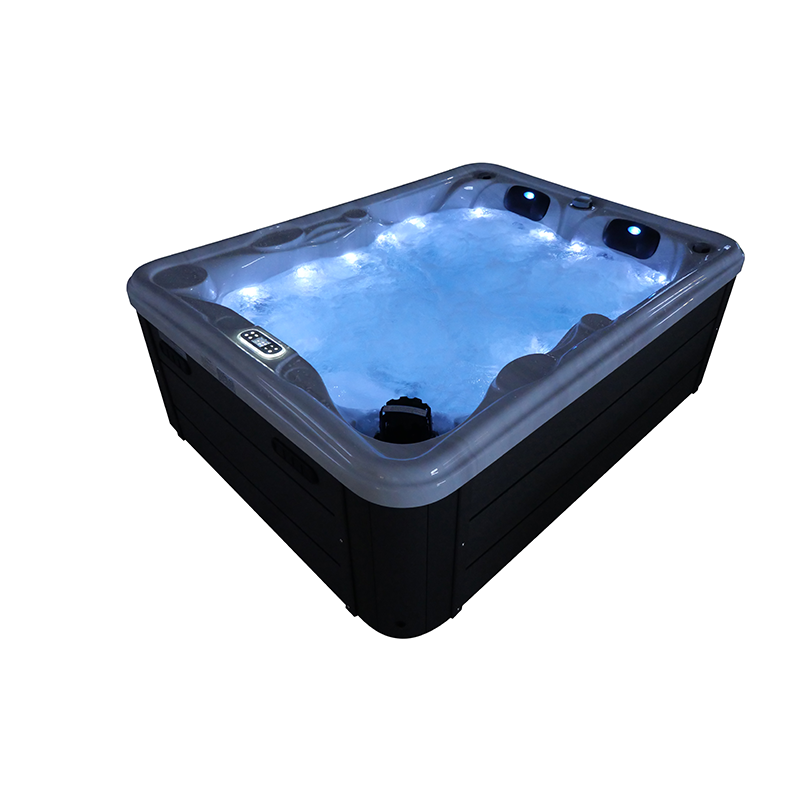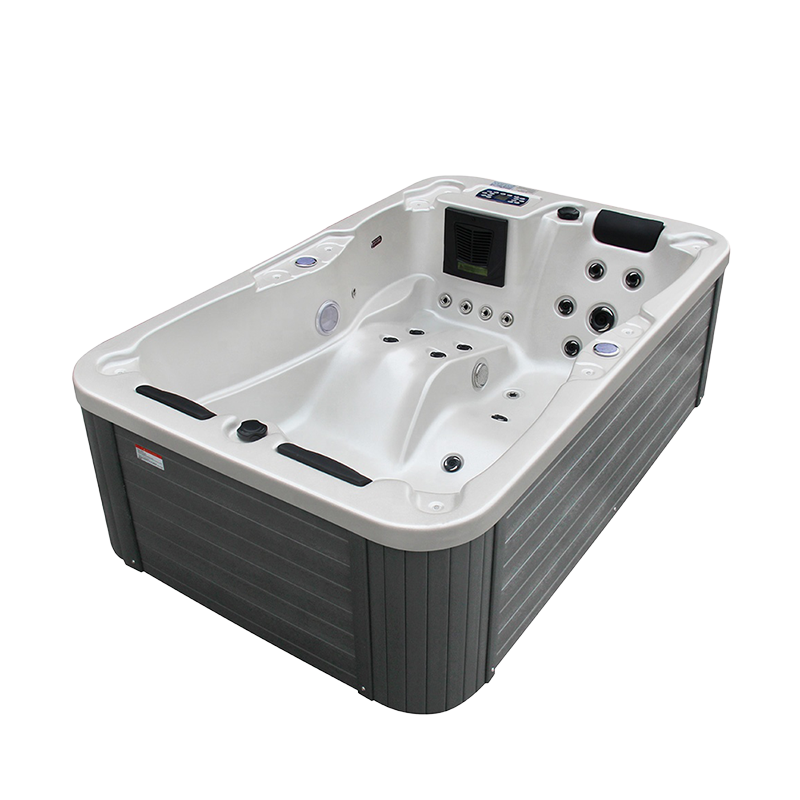Maintaining a clean and hygienic hot tub requires more than just regularly adding sanitizers. While keeping up with sanitization is essential, it’s not enough to completely eliminate contaminants. Shocking your hot tub with the right chemicals can keep your spa water fresh and free from harmful bacteria, scum, and unpleasant smells. In this article, we will guide you step-by-step on how to effectively shock your hot tub, including the right chemicals, when to apply them, and why this essential process is a game-changer for your spa care routine.
Why Should I Shock My Hot Tub?
Shocking your hot tub refers to adding a high dose of oxidizing chemicals to the water, typically using a special hot tub shock treatment. This process does several important things for your spa:
1. Eliminates Harmful Bacteria
One of the primary benefits of shocking your hot tub is its ability to kill harmful bacteria. If you’re using chlorine-based shock treatments, they’re especially effective at wiping out bacteria that may have accumulated in your spa water. Regular shocking ensures that bacteria are dealt with swiftly, preventing potential infections or unpleasant odors.
2. Removes Organic Contaminants
Every time you use your hot tub, various organic materials such as body oils, skin cells, makeup, sunscreen, and even hair can accumulate in the water. These organic substances may lead to cloudy water or the formation of unsightly scum. Shocking the tub with the appropriate chemicals breaks down these contaminants, keeping your water crystal clear and fresh.
3. Neutralizes Chloramines and Bromamines
Chloramines and bromamines are byproducts left behind when chlorine or bromine reacts with contaminants in the water. They contribute to the unpleasant chlorine odor and may irritate your skin or eyes. Shocking your hot tub helps eliminate these byproducts, ensuring that your soak is a much more pleasant and healthier experience.
4. Reactivates Your Sanitizer
Over time, your hot tub sanitizer (whether chlorine or bromine) can become less effective. Shocking the water gives your sanitizer a powerful boost, helping it to continue working at its best. This eliminates the need for constant re-application of sanitizers, making maintenance more manageable.
The Chemicals Needed for Shocking Your Hot Tub
There are two main types of hot tub shock treatments: chlorine-based and non-chlorine-based. Both have their specific purposes, and understanding when to use each one is crucial for proper spa care.
1. Non-Chlorine Shock
Non-chlorine shock is a popular option for frequent hot tub users. It works by oxidizing the water to produce “free chlorine” but doesn’t act as a disinfectant. While it won’t kill bacteria directly, it is excellent for breaking down other contaminants like skin oils, body lotions, and cosmetics. For regular maintenance, it’s recommended to apply non-chlorine shock once a week. This will prevent your water from becoming cloudy and eliminate scum build-up, ensuring your hot tub stays in top condition.
2. Chlorine-Based Shock
Chlorine-based shock treatments offer both oxidation and disinfection. They perform all the tasks of non-chlorine shock, while also boosting your spa’s sanitizer levels to fight bacteria. Chlorine-based shock is ideal after a water change, during the start of the hot tub season, or after heavy usage (e.g., after a party). However, be cautious not to overuse chlorine-based shock, as excessive application can harm the plumbing and piping of your tub. It’s most effective when used in moderation for specific cleaning and sanitization purposes.
How to Shock Your Hot Tub: A Step-by-Step Guide
Now that you understand why and when to shock your hot tub, here’s a simple guide to do it correctly:
1. Gather Your Supplies
You’ll need the following items to properly shock your hot tub:
- Your chosen hot tub shock treatment (either chlorine-based or non-chlorine).
- A measuring cup for precise measurement of the shock.
- Hot tub test strips to check pH levels.
- Chemical-resistant gloves and safety goggles.
2. Test the pH Level
Before applying any shock treatment, it’s essential to test your hot tub’s pH levels. Your water’s pH should be between 7.2 and 7.6 for optimal shock effectiveness. Use the test strips to check the current pH level. If necessary, adjust it by adding pH increaser or decreaser, and test again until it’s within the correct range.
3. Prepare Your Hot Tub
Keep your hot tub’s circulation system running. This helps the shock chemicals to mix thoroughly with the water. Make sure to close the air valves and avoid running the jets at full force, as this can cause the shock to dissipate too quickly. Also, remove the hot tub cover before applying the shock to prevent any unwanted chemical reactions.
4. Add the Shock Treatment
Carefully measure the amount of shock treatment according to the manufacturer’s instructions. Precision is key to ensuring the correct dosage. Never eyeball the amount; always use a measuring cup for accuracy. Once measured, add the shock to the water and allow the jets to circulate the chemicals for at least 20 minutes. Keep the cover off during this time to allow the chemicals to off-gas properly.
5. Wait Before Using the Hot Tub
After shocking your hot tub, you must wait before hopping in. Typically, the wait time is between 20 minutes and an hour, depending on the shock product used. Be sure to test the pH levels again before using the tub. The water should return to a pH level of 7.6 or below for safe use.
How Often Should You Shock Your Hot Tub?
The frequency of shocking your hot tub depends on how often you use it. If you’re using your hot tub regularly, shock it at least once a week. For heavy usage or multiple bathers, shock the water twice a week to maintain hygiene. If you’re leaving for vacation or won’t be using your hot tub for an extended period, give it a chlorine shock before returning to ensure the water is clean and safe.
When Is the Best Time to Shock Your Hot Tub?
It’s important to apply shock treatments at the right time. Avoid shocking your hot tub during the day when the sun is out, as UV rays can burn off chlorine before it has a chance to work. Instead, apply shock treatments in the evening or at night to ensure optimal effectiveness.
Conclusion
Shocking your hot tub is a simple yet crucial part of your hot tub maintenance routine. Regular shocking ensures your hot tub stays free of harmful bacteria, removes organic contaminants, and reactivates your sanitizer. By following the steps outlined in this guide, you can keep your spa clean, clear, and safe for every soak. Remember to use non-chlorine shock for regular maintenance and chlorine-based shock when your tub needs a more intensive cleaning. Make sure to incorporate this practice into your weekly routine, and your hot tub will remain a hygienic and inviting place to relax.
FAQs
1. How Much Shock Should I Use in My Hot Tub?
Always follow the manufacturer’s instructions when using hot tub shock. Measure the shock treatment based on the volume of your hot tub’s water. If you’re unsure of your tub’s capacity, calculate it by multiplying the length, width, and depth (in feet) of your tub, then multiply the result by 7.5 to estimate the volume in gallons.
2. When Should I Shock My Hot Tub?
Shock your hot tub at least once a week for regular maintenance. For heavier usage, like multiple bathers or parties, shock it twice a week. Additionally, shock your hot tub before using it after a vacation or long period of non-use to ensure water hygiene is up to standard.
3. Is Shock Stronger Than Chlorine?
Yes, hot tub shock is more potent than regular chlorine because it contains a higher concentration of chlorine or a non-chlorine alternative. Shock treatments are designed for oxidation and sanitization, whereas chlorine is used for daily sanitization to keep your water clean. Both are essential for maintaining a healthy hot tub, but shock treatments offer a stronger cleaning boost when needed.


